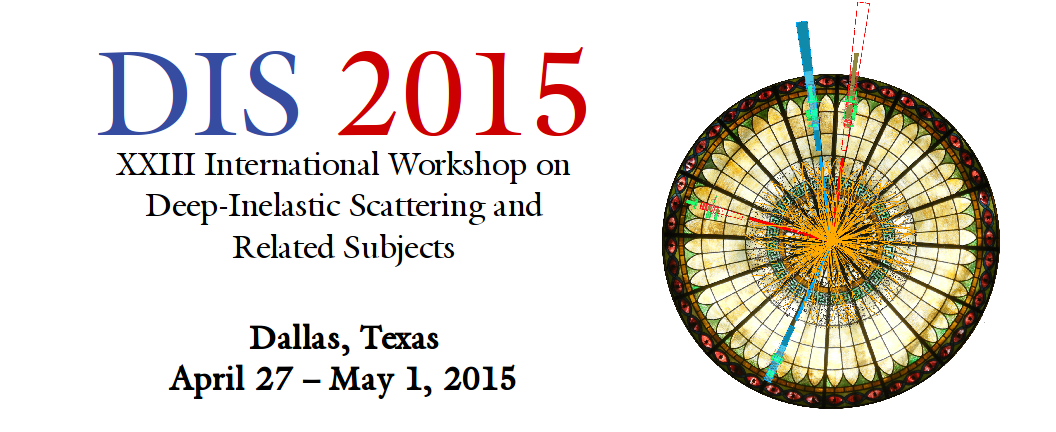Speaker
Flera Rizatdinova
(Oklahoma SU)
Description
Run-I at the LHC has been very successful, including the
discovery of a new particle with a mass of about 125 GeV and with
properties compatible with those of the Standard Model Higgs boson
within uncertainties. Precise measurements of the properties of this
boson, and the discovery of new physics beyond the Standard Model, are
primary goals of future running at the LHC. The physics prospects
based on 300/fb and 3000/fb protonproton collision data to be
collected at 14 TeV are presented. The ultimate precision attainable
on measurements of the couplings of the 125 GeV particle to elementary
fermions and bosons is discussed, as well as perspectives on the
searches for partners associated with this new object, predicted by
several extensions of the standard theory. Supersymmetry is one of the
best motivated and well-studied extensions of the Standard Model. The
current searches at the LHC have yielded sensitivity to TeV scale
gluinos and 1st and 2nd generation squarks, as well as to 3rd
generation squarks and electro-weakinos in the hundreds of GeV mass
range. Benchmark studies are presented to show how the discovery
potential can be extended for inclusive strong production of squarks
and gluinos, direct production of 3rd generation squarks and weak
production of electro-weakinos A considerable fraction of the
parameter space for a wide variety of other models has been probed
with the 8 TeV data. The prospects of searches for new heavy bosons
and dark matter candidates at 14 TeV are explored here. For all these
studies, a parameterised simulation of the Upgraded ATLAS detector is
used, taking into account the expected pileup conditions.
Author
Flera Rizatdinova
(Oklahoma SU)
